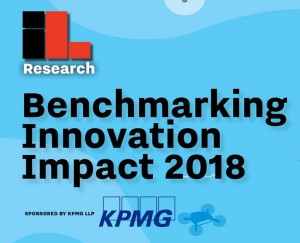 It is the very act of ‘ring-fencing’ we have constrained innovation. We then can limit risk, as well as we are constantly separating it from the center of the company, even though many of us try to push it back towards the core.
It is the very act of ‘ring-fencing’ we have constrained innovation. We then can limit risk, as well as we are constantly separating it from the center of the company, even though many of us try to push it back towards the core.
Innovation remains separate for the clear majority of our companies even today as it is full of unknowns and question marks. Top executives just do not like the sound of this, so they seek to ring-fence innovation. One where they want to contain it, to try to tame it, so it can mirror their (mistaken) believe that our world is one of order, control, and stability.
Instead of embracing that the real world is actually an innovating world, full of opportunity, for those prepared to take a greater risk, will have much to gain. Regretfully we still see many companies operating with a 20th-century mindset. Thankfully the pressure upon companies to innovate, to get their growth back, is getting a very tough place to operate in today without tangible demonstration of innovation being realized. There is this need to “embrace” innovation. If not, rapid extinction is occurring for many that choose to ignore the sweeping changes we are witnessing in the business world, where more open and technology-driven innovators are connecting and collaborating. Those companies that only halve-heartedly attempting change are fearful and still want to “box” innovation in. A transformation where innovation and technology go hand-in-hand does have to be utterly full on to succeed!

